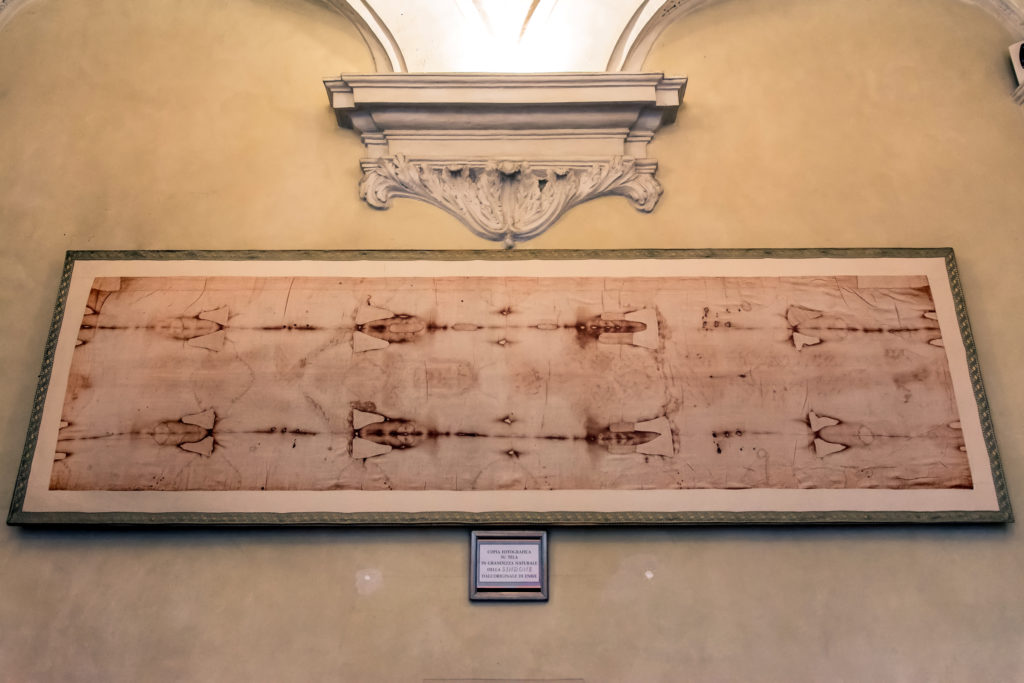Best Wishes for a Joyful Feast of the Resurrection of our Lord!
After Lent comes the most important feast day of all for Christians: Easter.
The liturgies of the Sacred Triduum and Easter celebrate the crucifixion, death, and resurrection of our Lord Jesus Christ.
The Resurrection: a Divine Mystery
All liturgies are important, but Easter is special among them for Christians. We believe in the salvation of souls through the resurrection of our Lord Jesus Christ. I knew very little about Easter until I began studying Christianity in preparation for my baptism. Probably, for most non-Christians (such as I once was), it is just a day of Easter eggs and the Easter Bunny. Common sense tells us that the resurrection of a dead person ought to be simply impossible. How can anyone be expected to believe such a thing?
Well, if we believe that Jesus Christ is God, and that God is omnipotent, it follows that our Lord Jesus can perform any miracle he wants to, including the miracle of bringing himself back to life after having died. And the Church teaches that that is exactly what he did. For those of sufficient faith, that answer is enough. I suspect, however, that for most people, faith needs a little help from circumstantial evidence.
I, too, used to be skeptical with regard to the resurrection. I thought that perhaps Jesus was in a state of suspended animation—a kind of swoon, or coma—when He was taken down from the cross, and that He recovered from his “swoon” in the sepulcher. However, I found out that this was almost impossible. The Roman soldiers of the time were well versed in how to execute criminals. It would have taken a miracle to survive a Roman crucifixion.
The Fate of Spartacus and his 6,000 Companions
So, what exactly was the punishment of crucifixion? Crucifixion was a method of execution intended especially for the lower classes and slaves who tried to rebel against the Roman government. It was not used on Roman citizens.
One well-known crucifixion figure is the story of Spartacus and his 6,000 companions.
Between 73 and 71 B.C., the gladiator Spartacus led a slave revolt (gladiators were members of the slave class in Roman society). However, the rebel slaves were defeated by the Roman army. The Roman soldiers made a long line of crosses along the road connecting Rome and Capua, and crucified Spartacus and 6,000 of his companions on these crosses.
Crucifixion was chosen because it was torture and execution combined in one simple device. Also, the simplicity of the method made it convenient for executing a large number of criminals at once.
Since the Romans had already successfully crucified Spartacus and 6,000 of his companions, it would have been a simple task to execute Jesus and two other criminals. No record of a criminal surviving a Roman execution has ever been found. The most likely reason is that no one survived.
Was it Possible to Survive a Crucifixion?
During a Roman Crucifixion, there was always a soldier on guard at the cross until the criminal was dead. It generally took about two or three days for the criminal to die. If the Romans were in a hurry, and the criminal did not die quickly enough, an iron club was sometimes used to break his legs, so that his body would lose support and he would die quickly from suffocation.
Also, to make him an example, the criminal was crucified in full view of the passersby and of the people. It is said that sometimes, as the criminals were hanging helplessly on their crosses, vultures and crows would fly down and peck at their eyeballs.
Roman law stated clearly that if the criminal survived or escaped, the soldier on guard was to be crucified in the criminal’s place. This ensured that the soldier did not fail in his duty.
In the case of Jesus, he died only three hours after being nailed to the cross. That was a shorter time than usual, so the soldier on guard had to make sure that Jesus was actually dead. To that end, he drove a spear through Jesus’ side and into his heart. Even if Jesus had survived the massive blood loss from his scourging, the crown of thorns, and the nail wounds, a spear through the heart would surely have killed him. John was standing by the cross, and watched the whole thing. John’s Gospel describes what was undoubtedly a piercing of the heart.
The Heart of Jesus Pierced by a Spear
Here is how St. John describes the piercing of our Lord’s side:
“But one of the soldiers pierced [Jesus’] side with a spear, and at once there came out blood and water. He who saw it has borne witness” (John 19:34–35).
My question here is, what was the “water” that John saw? According to a joint paper by William D. Edwards, MD; Wesley J. Gabel, MDiv; Floyd E. Hosmer, MS, AM, the water that flowed from Jesus’ body was probably serous pleural fluid and pericardial fluid. The paper is published in the Journal of the American Medical Association.
However, this theory would be true only if Jesus had been impaled from the right side. The Gospel says nothing about whether Jesus was pierced on the right side or on the left side. What is interesting, however, is that the man whose image is on the Shroud of Turin, thought to be Jesus, was pierced on the right side.
Is this a coincidence? There is more than one curious fact about this cloth. The Shroud of Turin has many mysterious characteristics that cannot be explained scientifically.
At any rate, given the thoroughness of Roman executions, it is impossible to believe that the Roman soldiers could have failed to execute our Lord. The idea that Jesus, after having been tortured and crucified by the Romans, was not dead, but only swooning, does not stand up to scrutiny.
There are also other theories designed to explain away the Resurrection, such as that what the Apostles saw on Easter was not a resurrected body, but rather a hallucination or a ghost, or that the Apostles simply invented the story of the Resurrection, and perpetrated a massive fraud. I have examined these theories as well; I do not have time to explain all the results of my research in this post, but suffice it to say: all of the other rationalizing theories also do not stand up to scrutiny.
The more one knows, the more difficult it seems to be to doubt the resurrection of our Lord Jesus.
Continued in part two.


